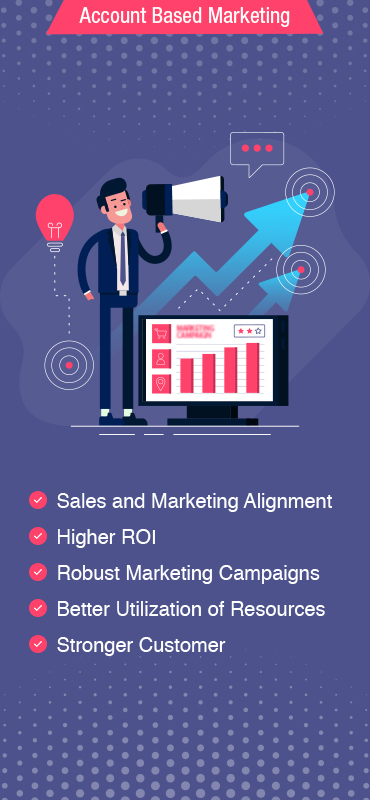Each year, we get revealing stats on how customer experience is making organizations rethink their customer service efforts. According to a survey, 89% customers get frustrated because they have to repeat their problems to multiple representatives. A similar survey results show that 87% customers want brands to put more effort in providing a consistent customer experience.
Further, a study by Bain & Company indicates that businesses that grow their customer retention rates by as little as 5% typically see profit increases ranging from 25% to 95%. And customer service, as we all know, plays the kay role in customer retention.
Customer Health Index (CHI)
At any given point, the ability to know how satisfied a customer is the key to make sure that proactive measures can be taken. CHI analyzes the complete customer cycle and provides an overall view of a customer’s health. This can be leveraged to predict customer behavior and needs, and identify at-risk accounts before they churn.
Further, this helps to provide a good customer experience to an account in isolation.
How to Analyze Customer Health for an Effective Customer Service?
Monitoring customer health not only warrants good customer experience, but also gives you a precise representation of the product and service value you are delivering to your customers. Here’s how you can do this:
1. Define Customer Health Score
To determine where your service efforts are heading, you first need to define a customer health score. This can be done by analyzing proactive and reactive indicators.
Proactive indicators tell you about the changes in customer accounts before interacting with customers personally. These mainly include product usage, service utilization, and business outcome, and in certain cases, interactions and engagements before they became customers.
Reactive indicators present you with qualitative data, which is collected by your customer support and other customer facing teams. This can include customer feedback and an analysis of support and operations carried out.
Once you have a customer health score in place, you can make your customer reachout and engagement more effective. For example, if CHI Score falls below a certain threshold, notifications and required follow ups may be initiated automatically.
2. Monitor Customer Portfolio
Apart from defining health scores, it’s important to monitor customer portfolio. Identify customers who engage with your products and services more and the factors which drive this engagement.
Monitoring milestones on customer journey can help you plan your services better. Consider the following two factors while monitoring:
Event-based engagement directs the customer service team to reach out to customers if a change happens in their usage pattern. For instance, if a customer starts using a new feature of your product, you can send them tips to get the best results.
Periodic engagement prompts your customer service team to be in a regular touch with your customers. For instance, if a customer is interacting well with your product, you can send them product enhancements which they may find beneficial.
3. Build a Customer Health Monitoring System (CHMS)
Just an overview of customer account health isn’t enough. For an effective service, there should be a mechanism to monitor customer health on a real-time basis.
A customer health monitoring system generates reports, which summarize the current status and trends of an individual’s as well as the entire customer base’s health. It provides deep insights into the performance of your products, services, as well as customer support staff.
For instance, you can leverage CHMS to receive alerts if customers are unsatisfied with your products. This will help you to take corrective measures on time, revamp your products and retain your customers.CHMS enables you to analyze the customer account health related challenges with real-time updates. This will aid you in taking proactive actions for accounts that indicate early warnings of dissatisfaction.All in all, determining your customer health helps you predict customer actions and take pre-planned measures to retain customers and drive growth.
You can refer to this case study to learn how we elevated team performance for a leading SaaS platform provider using AHMS.











